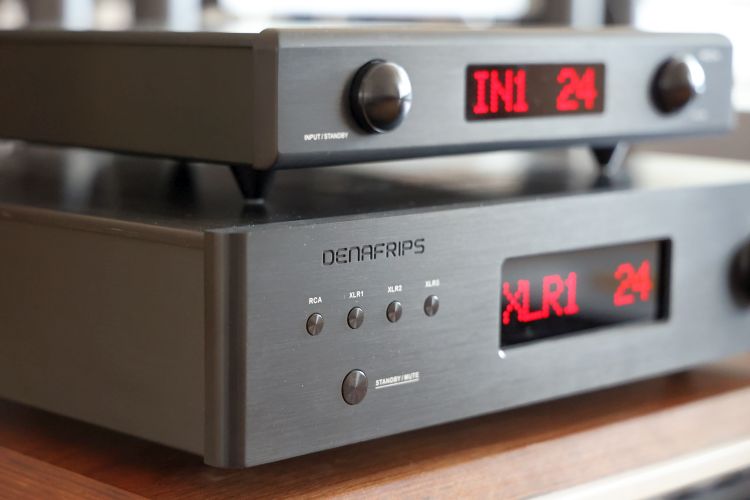
Review sample supplied by Vinshine Audio
Retail prices including 21% VAT:
Hestia – 1.236 euro
Athena – 2.290 euro
Denafrips has 3 analog preamps in their portfolio: the entry-level Hestia, the middle model Hades, which is based on the Hestia with improvements in key areas, and the Athena, which is the top model. For this review, I will be listening to the Hesta and the Athena.
Hestia
The Hestia is Denafrips’ entry-level analog preamp. It is what the manufacturer describes as a Pure Class-A, True Balanced, Fully Discrete Line Stage with a 60-Step Microprocessor Controlled Relay Based Stepped Attenuator, Precision-Matched Resistors & Components with Perfect Channel Balance And Low Distortion. A very low measure of 0.000230% distortion is quoted. The Hestia offers 2 XLR inputs and a single RCA input. Outputs are available in XLR and RCA.
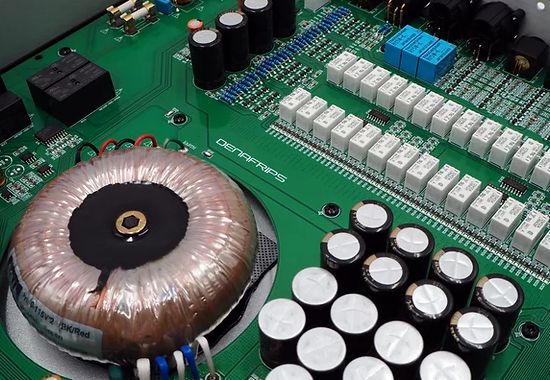
Athena
The Athena is the company’s flagship full-sized, True Balanced, Class-A biased preamplifier. It is equipped with the advanced microprocessor CPLD discrete relay-based 60-step volume control, coupled with current drive Darlington arrays network and precision-matched Military-Spec Metal Film Resistors, quoted to yield perfect channel balance with ultra-low distortion THD+N at 0.000120%.
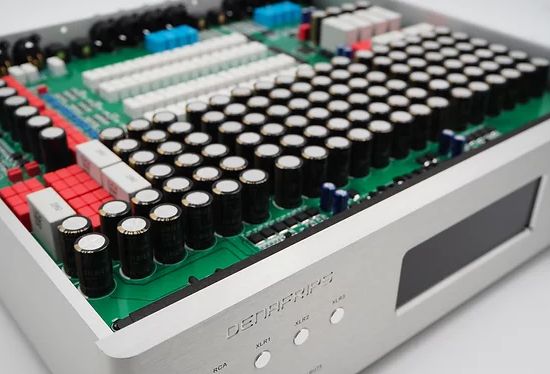
Denafrips is a strong believer in how clean power equates to the foundation of good sound quality. Whereas the Hestia’s internal components all share the same single housing, the Athena’s more elaborate design features a separate power supply section, encapsulated in a double metal shield.
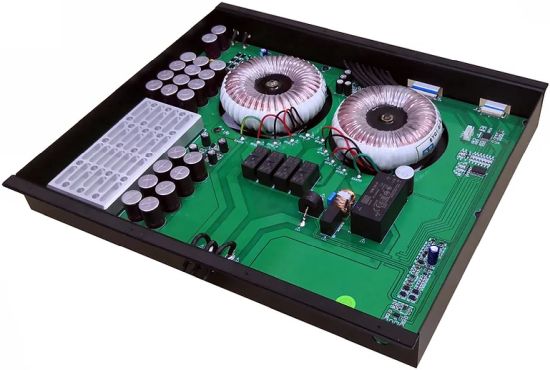
In the same chassis, the encapsulated power supply unit is located underneath the main control board – with double layers of MU Metal sheets shielded in between.
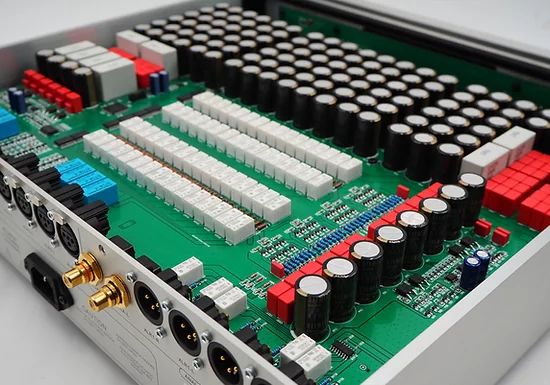
The separate section suppresses harmful EMI/EMF from the PSU. Further, multiple stages of Low Drop Out (LDO) voltage regulators and a large capacitors bank provide clean power to the Class A circuitry. The Athena offers 3 XLR inputs and a single RCA input. Outputs are available in 2x XLR and 1x RCA.
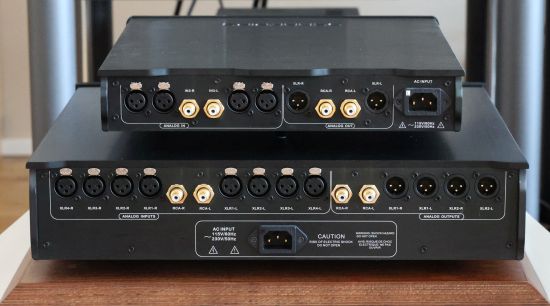
Hestia on top of Athena showing the inputs and outputs. with the Hestia, all connectors are placed from the inside to the outside in a mirrored fashion for the left- and right channels and for both the inputs and outputs. For the Athena, the inputs are again mirrored but the outputs deviate from this logic by being positioned sequentially: RCA R, RCA L, XLR1 R, XLR1 L, XLR2 R, XLR2 L.
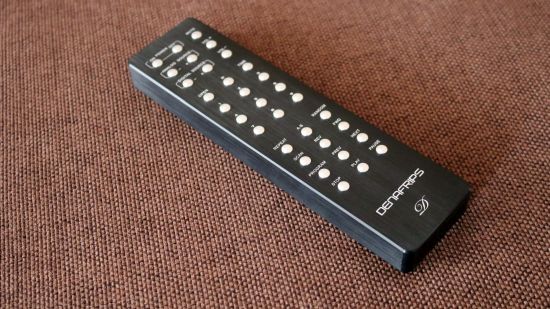
The remote control unit is machined from a single block of aluminum, anodized in black color. It controls the preamp volume, source selection, and the dimming of the display. In addition, it also controls the Avatar’s transport functions.
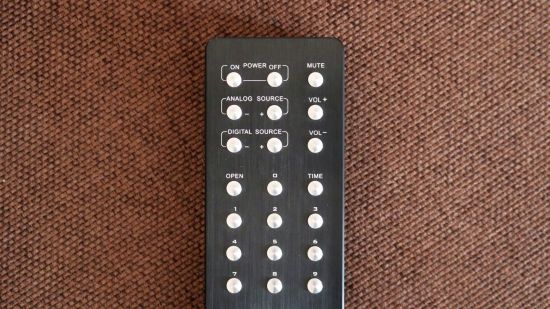
Review Context
The core of the main system in which the two preamps will be tested consists of the CH Precision C1 DAC and normally the L1 preamp, with the CH Precision A1.5 power amp, Grimm MU1, Antipodes K50, and Taiko Audio Extreme Music Servers, and Magico S1 MkII speakers. For speaker cables, I use the Mad Scientist Black Magic. More details can be found on the Main System page.
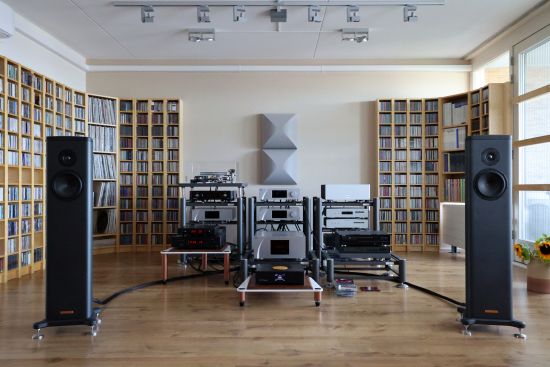
For all comparisons in this review, I used the CH C1 DAC and all-Driade Flow Link Reference 808 cables, both XLR and RCA. For power cables, I used Belden 19364 with Bals Schukos and Oyaide C-004 IECs. The preamps were positioned alternately by themselves on an Artesania Modular Rack. Where both preamps can be seen on top of each other, this was during running in and only for non-critical listening.
Before any serious listening, I made sure to leave both preamps running for well over two weeks during which I checked the sound now and then. I’m not sure how much they had been used already but if there was some running in left to do, it did not result in huge shifts in sound.
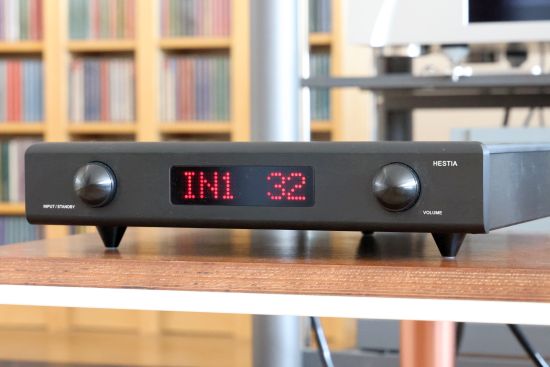
Hestia
Starting with the small but surprisingly heavy and very sturdily-built Hestia, the sound is solid, upbeat, lively, and hugely expressive. It’s very much a toe-tapping kind of delivery, speedy and full of joy. The Hestia may cost what a spoilt audiophile would refer to as peanuts-money, but it offers a level of detail and uncolored linearity that I did not expect. In spite of being very open and explicit, the Hestia is not clinical, nor harmonically deprived. There is also no wooliness, softness, or rounding and not even a hint of artifice. Where cheaper products often fail is in the natural portrayal of tonality and harmonics, the timbre, and here too, the Hestia does not let down. I could also not fault its focus or soundstaging.
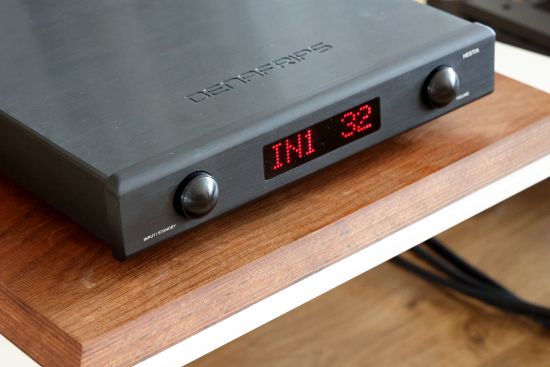
It is only to be expected that an entry-level preamp would not score high marks across the board but it is important to note that what sins the Hestia has, are of omission, not of commission. Its sins of omission are in the fields of finesse, fluidity, and refinement.
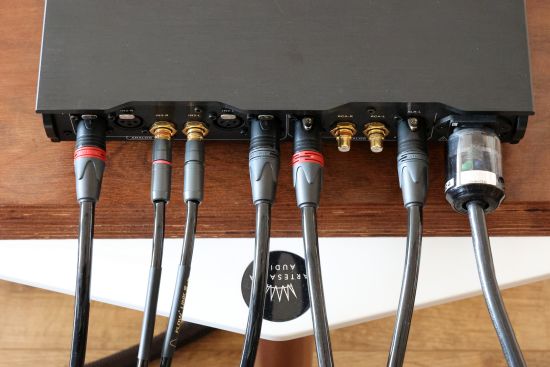
The Hestia will not add warmth or richness and it can sound a bit dry, making it not necessarily lacking magic but certainly not adding it. In other words, this will simply not be the ideal preamp if you are looking for tube richness or -liquidity. It is a transistor design, and the preamp does not hide it. Some might find it has a matter-of-fact kind of delivery but you really can’t fault its unadulterated performance.
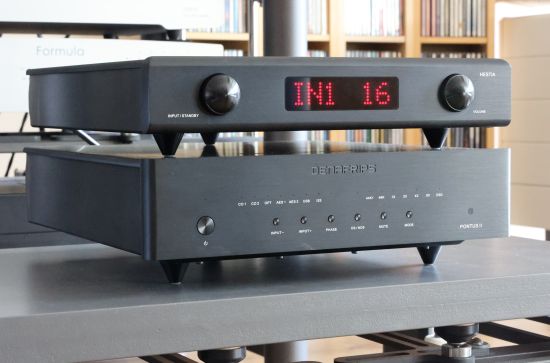
The front panels are curved differently but the Hestia has the same overall dimensions as the Pontus II DAC. Alas, all Denafrips DACs had continued their journeys before I started this preamp review but you can be sure that any of the Denafrips DACs would have made a fine pairing.
The preamp has great control and is delightfully direct but it is also a little rough and “square”. What this aids immensely, is the bass, which is as robust as I have heard it from a preamp in any price category. The tricky thing is that this behavior also extends into the treble, where it leads to a sense of dryness and a hint of roughness.
When taking the CH L1 into account, it is a bit like comparing two TV screens that are both faithful in terms of color, brightness, and contrast, where the L1 is like a 4K screen and the Hestia 720pix, in other words, good in every sense and better than standard definition, but not HD. With this as its only major flaw, I am still amazed that the Hestia can achieve this at its very modest retail price. More importantly, the preamp compensates for this with great dynamics and a bass that is well-controlled yet robust and neither lean nor fat. More to the point, in this price range, I don’t think it has competition.
Comparing the XLR input to the RCA input, again using a Flow Link Reference 808 interlink, I hear much the same differences between the XLR and RCA cables as I hear using the L1 as a preamp, which is hardly any difference at all. As I heard before, the balance is the same but the XLR cable is just a tad tighter and more controlled. The exact same goes for the Hestia’s XLR/RCA outputs. This goes to show that the Hestia’s input/output section is very transparent. Very well done for an entry-level preamp.
Next: Athena
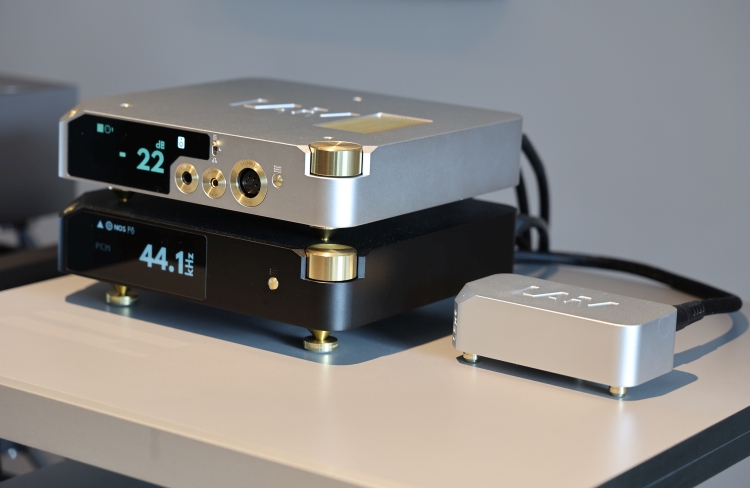
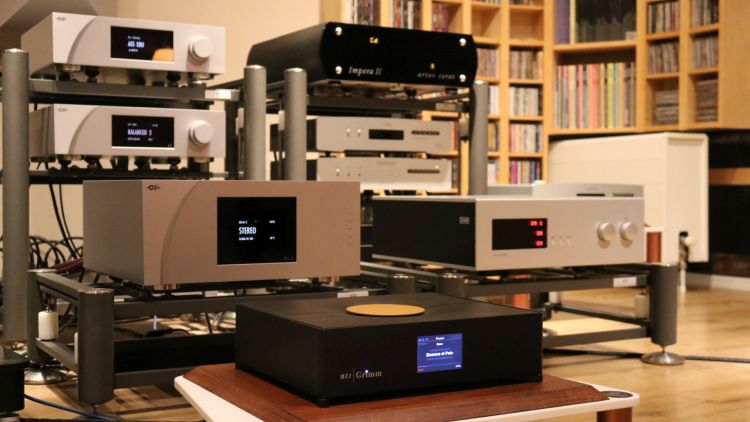
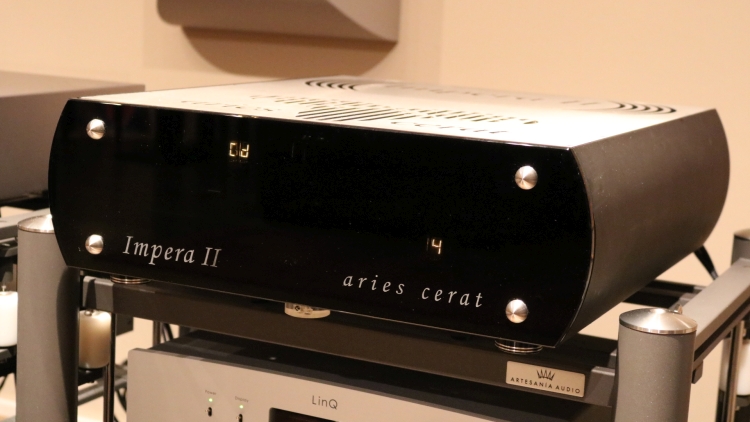
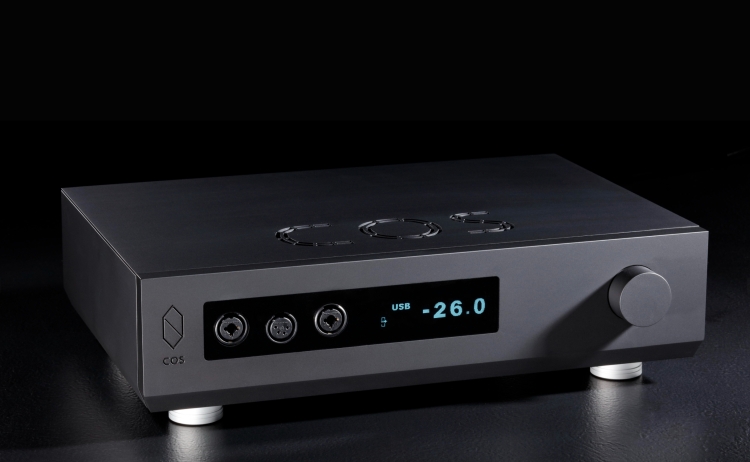
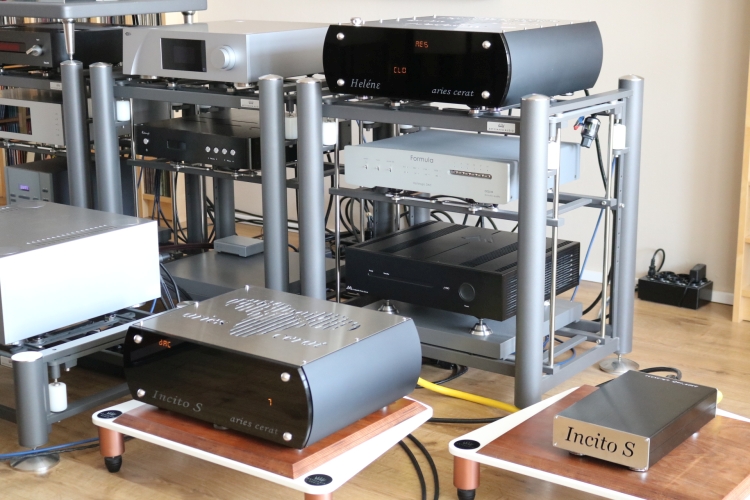
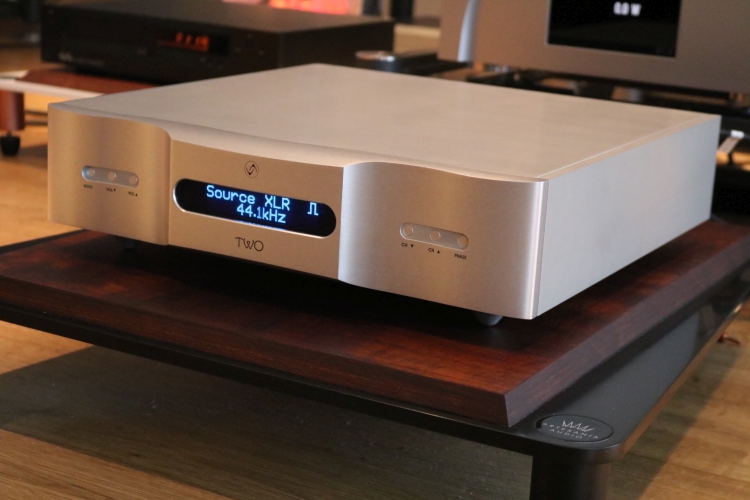
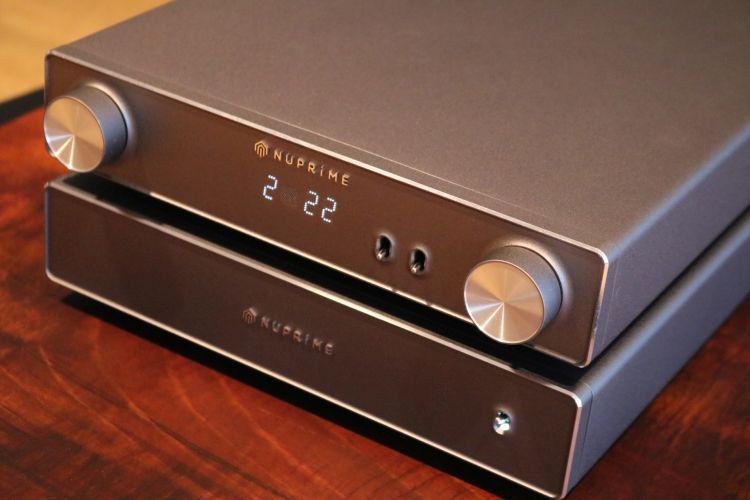
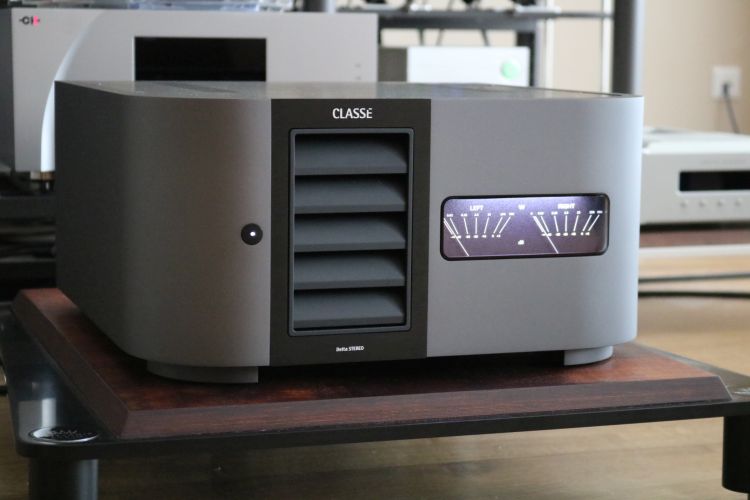
Good review and I appreciate the way you choose your wording Christiaan: spot on (and I can tell because more than once I purchased devices based on your reviews, and almost always your descriptions match my findings)! It would be interesting to have the Audio-GD HE1 Mk2 in comparison with the Athena – both in the same price range and top of the line preamps.
Thanks for the feedback, Vincent! Indeed, the AGD HE1 Mk2 would make for a nice comparison, but I don’t know if that will materialize. What I do know is what the local distributor told me, which is that the HE1 (he was probably referring to the initial model) sounds smoother and richer, as well as more mellow and relaxed than the Master 1.
So this means that class A is absolutely unnecessary here as well the two transformers. After there is nothing to be amplified and requires high currents what do they stand for?
Is it fair to say that Denafrips sound character is closer to Kinki Studio than Audio GD?
That’s hard to assess without having the devices at hand and the Kinki review is a long time ago. Also, Kinki products vary in their sonic presentation (the monos are smooth and relaxed while the integrated that I reviewed is speedy and hugely expressive) so I can only speak of the components that I reviewed. And do note that I haven’t yet reviewed a Denafrips power amp.
But from memory, I would say that the Kinki EX M-1 integrated amp’s robust and expressive but also rough sound does not relate to how I perceive Denafrips or AGD. From the Venus DAC and up, Denafrips offer reference-class resolution and refinement, which I don’t think the aforementioned Jay’s and Kinki models match. And while the AGD power amps that I heard do not quite stretch to the level of Denafrips, they are more refined and that also goes for the Master 1 preamp.
Hope that helps…
Hi Christiaan,
Great review as usual, always a fan of your logical comparisons.
Went to Audio-GD site, what is considered the replacement to the Master 1 over there?
-marc
Hi Marc, Glad to hear you like the review. There was talk of discontinuing the product before but I forgot about it. With the Master 1 now indeed discontinued, looking at the current portfolio, the HE-1 LE looks to be its natural successor.
Thanks Christiaan,
You are correct, the Master 9 is the replacement, confirmed it when I read their writeup on it and noticed they hadn’t changed the name of the unit from the master 1 to 9. We’ll, at least you know you aren’t paying for fancy marketing. However it doesn’t help when trying to understand their product lineup. I counted 16 different preamp models alone, 9 of those basically dedicated to just preamp functions. Kinda impossible to determine which route to go, lol.
Marc
Thanks for confirming, Marc. I agree that the AGD lineup is a bit much and can be confusing. Not so with the Denafrips preamps: just the entry-level model, the mid-model, and the top-tier model:-)
Hello Christiaan,
thanks a lot for another nice review. Do you also consider to review the matching Denafrips amps Hyperion and Apollo. Especially the Apollo is very interesting for the price/power ratio. The Apollo could be something special regarding the common quality of Denafrips.
I also thought the Denafrips power amplifiers would be interesting so I requested a pre-power combo but the distributor preferred me reviewing the two preamps. Not sure if the power amp review could still materialize.
Athena sounds like a no brainer at €2190 brand new and with full warranty but I’m really not a fan of the capacitor banks, I know why they’ve done it but it doesn’t bode well for longevity, as one happens to replace DAC’s much more often than analog gear…
I’d love to see a comparison of the Athena versus an older but more ‘hi end’ preamp in roughly the same price range (used) like the ML No.380S or the Krell KRC3 / KRC-HR or maybe even a tubed ARC LS17(SE) or Conrad Johnson.
M Jab,
That’s exactly what I thought and mentioned to Christiaan. With so many capacitors in the design of any of this equipment, how can they not fail. It’s simple math. These capacitors have predictable failure rates by volume, the more you have, the higher the failure rate goes up. Scary if you are paying $8k for a terminator, though still a little scary at 2k.
Christiaan,
Speaking of Audio-GD, are you going to review one of their upper end DACs anytime soon? I say one of their upper end DACs as I have no idea which one is “better” other than price differences. It’s been impossible to gauge where their performance lie in the world of DACs, as there is so little out there comparing them to “competition”. That, and what I said above…they have so many models, all with basically the same descriptions and seemingly meaningless model numbers, you have no idea where to begin and what to think.
If it wasn’t for your review of their Master 1 preamp, I would have written them off long ago simply from frustration.
Hi Marc, I can understand your frustration. Alas, a new AGD review is not currently planned.
thanks for the insightful review. I’ve been thinking about buying Hades or Hestia for some time now. I don’t know what to choose. I have a Hermes and Pontus II and 2 monoblocks of Dutch make Class D hypex. After your review, I don’t see what else the Hades could bring to make a difference. Maybe someone here has that experience? Greetings Jakob ( Netherlands)
Good review, only entirely false. Why? Because these devices are not preamplifiers. There are merely input selectors with relay based attenuators that switch different value resistors in order only to reduce the input signal. There is no amplification here at all. At their maximum volume they only output the source signal intact and unaltered. So the only difference in their sound at volume levels below maximum depends on the quality of the resistor, but it is so insignificant that only precise measuring equipment is able to detect it. Not human ear, neither bat’s one. Sorry, but this article is just another hifi hype.
Actually, all Denafrips Preamps are active. To be exact, they are Unity Gain (0dB), True Balanced, Discrete Class A Buffered. The best evidence for this would the presence of that huge power supply. This would be of no benefit to passive designs that could suffice with anything that can drive a small logic board and a batch of relays.
I use the Denafrips as a preamp. I connect several devices to it and control the volume with it. Whatever you want to call it, it’s still a Denafrips to me.
Do you have a turntable connected to this “preamp”? If yes – would you be so kind to share here how does it sound, and if no – tell me why? You may have whatever you want, call it however you want and enjoy it endlessly, but i still say – this is not a preamplifier.
Hi. I had to sell my beloved Clearaudio 2 years ago because of arthritis in my hands. Because operation is now really an issue, I mainly use a streamer and a CD player, although the latter is also becoming increasingly difficult. These 2 devices go through a Dac to the Hestia. A tuner is also connected to the Hestia.
Ok, i think it is good enough for digital sources.
All the best with your arthritis Jakob! Luckily your ears still work fine.
Thanks Vincent !
To Mr. Punter
Exactly the presence of two relatively large transformers and array of condensers that feed or smooth nothing but a bunch of relays proves that this is a very successful marketing trick. As well are and all the other unavoidable high-end features like excessive weight, thick aluminium panels, class A statement etc….By the way class A is a transistor or a tube operational principle (mode), so what are talking about after there is not a single transistor or a tube in this device. If it was a real preamplifier you should be able to connect a turntable to it, shouldn’t you. I don’t say that this is a bad component, on the contrary – build quality is excellent, but this doesn’t mean it sounds different than the cheaper models or that its designation corresponds correctly to the classification. The hifi market is crowded of hundreds chinese manufacturers who produce thousands of models varying from total scrap to real state of art and the only way to stand out through that flood is to make such a little marketing tricks. Chinese are good merchants and they know that it is worth investing approximately 200 dollars in two unnecessary transformers and some capacitors when this will sell their stuff at 2000 and make their brand noticeable.
A preamp does not automatically support a phono stage.
Correct, but there is no phono stage without a preamplifier.
Transistors need no longer come in the familiar tripod shape but are now SMD and mounted flat on the PCB. A phono stage is a pre-pre, a preamp that primes and EQ’s a very low signal to be used by a successive line stage preamp. The Denafrips preamps are line stage preamps. They are most definitely active, something that I have verified with the manufacturer and it is also something that you can hear versus listening to passive volume control devices. Lastly, if you’d measure the Denafrips preamp’s output, you will likely find further evidence that they are active by the output impedance being very low, independently of the volume setting.
If there are any transistors here they work only as a switches and definitely not in a class A. Otherwise they would have melted the entire PCB.


The amount of heat depends on the amount of current that flows through the transistor. With low currents as in a line stage, this can easily be dissipated internally. Voltage regulators can run significantly hotter than Class-A SMD transistors or opamps but even these can be applied in SMD form, usually without melting the PCB.
In class A the heat generated is equal with or without load.
Yes, a transistor in Class-A mode outputs more or less half its power and then varies up and down according to the source signal. This means that its heat output is more or less stable. But that does not mean that every Class-A device outputs the same amount of heat. A line stage output simply is not the same as a power amplifier output stage.
So this means that class A is absolutely unnecessary here as well the two transformers. After there is nothing to be amplified and requires high currents what do they stand for?
(extra info added for enhanced clarity) You draw incorrect conclusions. Class-A has the benefit of having no crossover distortion. This is independent of the power or current that is needed or delivered. That a preamp is unity gain does not mean there’s nothing to amplify. It merely means that there is no *extra* gain added. With an active line stage, usually, after the input, which can be either passive or buffered, the signal is attenuated (to a variable level by the volume control), and then it is buffered and amplified again by the output stage. Of course, there are many variations on this but the common factor for active line stages is that the signal is amplified at some point, usually after the volume control.
This simply is not true. It contradicts either the circuitry of this unit or your previous messages.
Per, I don’t remember asking your opinion. And concerning regrets – yes, it is very sad that you lack manners.
BATMAN you are barking up the wrong tree here. Please study some basic electronic design before you say something you will regret. Let Christiaan spend his time on better topics.
Thanks Per. I added more info to my post below to further clarify and remove any potential ambiguity and think that should conclude this topic.
Per,I don’t remember asking your opinion. And concerning regrets – yes, it is very sad that you lack manners.
Hey Christiaan I’ve Mano ultra 2 latest /holo may dac / audio gd master1 / atc active 50 towers


So I bought master 1 800£ ish and now have the opportunity to get Athena at £1350
I may be able to sell master 1 800£ so that would be a fork out of 550£ Is this worth it
Considering the Mano out hdmi into audio gd hdmi supposed to be best possible route if I had the Athena best route would be xlr which the Mano also has
This is a very personal decision, as the two preamps sound quite different, it depends on what kind of sound you are looking for.
Christiaan, you once again have provided a marvelous review which I find logical in its development and enjoyable in presentation. I find this discussion interesting as well, as I have always thought that the essence of an active preamp was in its ability to drive the signal above unity gain, and in so doing allows for the possibility of enhanced sound qualities In this example, you are describing it as active preamp for an entirely different reason. Since it ostensibly has an active buffering stage, which I suppose is intended to drop the output impedance, it is therefore active, correct? I suppose I do not mind that definition so much as long as the active buffering imparts some positive attribute (audible sound quality) beyond the benefits inherent to lower output impedance. Do you think it does? I personally enjoy the sound of an active preamp with about 10 dB of gain over that of a truly passive preamp. Why do you think they put in all of those power supply parts only to give it an active buffer stage and not the ability to provide gain? Doesn’t it seem like wasted opportunity? If any of the above is incorrect is theory or wording, please correct me as I have much to learn. Thank you.
Hi Christopher, Let me add that an active preamp not only lowers the output impedance and potentially increases the gain, it also allows for a constant input- and output impedance. Ultimately, there’s much more to it than that, though. But I lack the time to dive any deeper into this topic. If you want to know more about the matter, and my opinions on it, please read my Analog Preamps in a Digital World review. It will explain in great detail what are the advantages of analog preamplifiers.
in addition
Hi Christiaan, firstly thanks a lot to many of your reviews. Your approach and especially comparisons give very high reference values to me as I don’t have much chance and budget to auditioning for purchase and switching gears. Now a question in hope for your advice. I am considering to add a preamp (e.g. Denafrips Athena, Primaluna Evo Pre300) to an integrated amp Luxman L509X (as power amp). Does it make any sense? Any concern on gain matching to beware of? TIA.
That is a tough one. Often, integrated amplifiers are at an advantage pound for pound. But sometimes, an external preamp can offer precisely that which you needed in your system and it can make the sound subjectively better. But if the external preamp is good enough, it can actually bring the combined sound to a new level. Just how any of the mentioned preamps compare to the Luxman’s built in section, I do not know.
Thanks for your quick reply !